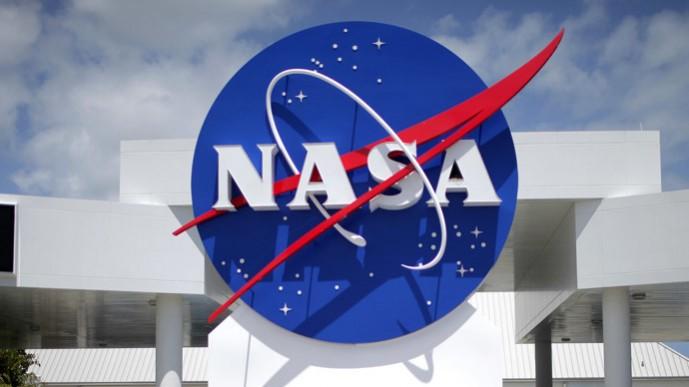Due to the scientific productivity and potential to increase our knowledge and understanding of the solar system, NASA has extended the operational lifespan of its eight planetary science missions, the United States space agency said in a statement.
Details of operational lifespan extension
Mars Odyssey, Mars Reconnaissance Orbiter, MAVEN, Mars Science Laboratory (Curiosity Rover), InSight lander, Lunar Reconnaissance Orbiter, OSIRIS-REx, and New Horizons have all been chosen to continue, given that their spacecraft stay strong.

The missions will be prolonged for three years in most cases; however, OSIRIS-REx will be extended for nine years to reach a new destination, and InSight will be extended until the end of 2022 unless the spacecraft's electrical supply permits for longer operations.
Decision was taken after thorough discussion
From a panel of independent experts, two independent eminent review chairs reviewed the decision and confirmed that these eight science missions had significant potential to continue creating new discoveries.
Lori Glaze, director of the Planetary Science Division at NASA's Headquarters in Washington said "Extended missions provide us with the opportunity to leverage NASA's large investments in exploration, allowing continued science operations at a cost far lower than developing a new mission."
He added, "Maximizing taxpayer dollars in this way allows missions to obtain valuable new science data, and in some cases, allows NASA to explore new targets with totally new science goals."
The Planetary Science Division of NASA presently operates 14 spacecraft around the solar system, has 12 missions in the plans, and collaborates on seven more with international space organisations.








